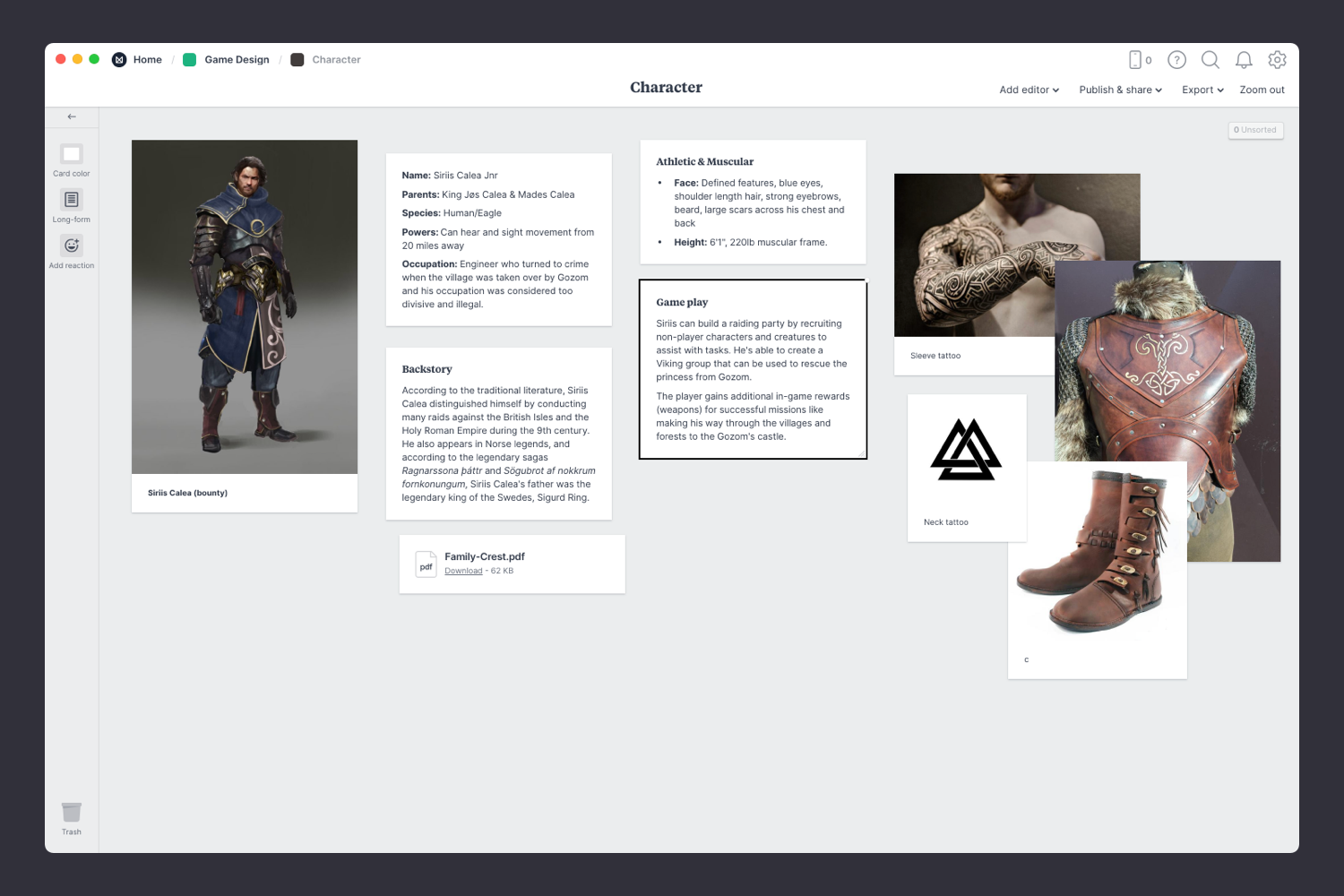


In the exemplary project, being-in-the-world refers to a way of being that is embodied, active, open-ended and situational, based on the phenomenological and embodied theories of Tim Ingold. By intertwining both, they benefit from describing, understanding and proposing human-technology interactions to unfold new questions and perspectives. It stems from the overlapping questions found in philosophy and design regarding human-technology interaction. PtD is a practical way to do philosophy through designing interventions, and involves various people in the exploration of philosophical concepts. The combined philosophy and design approach called Philosophy-through-Design (PtD) is proposed using an exemplary project about being-in-the-world in the digital age. Therefore, in analogy with the empirical turn in Philosophy of Technology before, we present this collaboration with design as the ‘Practical Turn in Philosophy of Technology’. Not only Philosophy of Technology with the head, but also Philosophy of Technology with the hands. One can say that the Philosophy of Technology, besides thinking and talking, proceeds to action. In putting the in principle rather abstract theories in design practice, the consequences become more clear and designing actual things thus provides a laboratory to test philosophical frameworks in real life. Then we analyse the three cases again to show how these design projects also lead to a better understanding from a Philosophy of Technology perspective. From three case studies where Philosophy of Technology theories and methods were applied in a design context we show how these projects profited from a more reflexive perspective. Instead of using a photo, create a graphic representation of the content that emphasizes the features you want people to notice.In this paper we explore how the collaboration between Design Research and Philosophy of technology can be profitable for both disciplines.
#Xdesign style and formatting guide full#
Photos are full of details that don’t work well when viewed at small sizes.

Prefer graphical images to photos and avoid replicating UI components in your icon. Although using a mnemonic like the first letter of your app’s name can help people recognize your app or game, avoid including nonessential words that tell people what to do with it - like "Watch" or "Play" - or context-specific terms like "New" or "For iOS." In some contexts, the app name appears near the icon, making it redundant to display the name within it. Text in icons is often too small to read easily, can make an icon appear cluttered, and doesn’t support accessibility or localization. Prefer including text only when it’s an essential part of your experience or brand. For example, in iOS and watchOS, the Mail app icon uses a streamlined, graphical style to depict the white envelope on a blue background macOS uses a similar blue background, adding depth and detail to the envelope, giving it a realistic weight and texture. If your app or game runs on more than one platform, use a similar image and color palette for all icons while rendering them in the style that’s appropriate for each platform. Prefer a simple background that puts the emphasis on the primary image - you don’t need to fill the entire icon with content.Ĭreate a design that works well on multiple platforms so that it feels at home on each. Avoid adding too many details, because they can be hard to discern and can make an icon appear muddy, especially at smaller sizes. Find a concept or element that captures the essence of your app or game, make it the focus point of the icon, and express it in a simple, unique way. Simple icons tend to be easier for people to understand and recognize. For guidance on creating other types of icons, see Icons.
#Xdesign style and formatting guide download#
To download templates that help you create icons for each platform see Apple Design Resources. Each platform defines a slightly different style for app icons, so you want to create a design that adapts well to different shapes and levels of detail while maintaining strong visual consistency and messaging. A unique, memorable icon communicates the purpose and personality of your experience and can help people recognize your app or game at a glance in the App Store and on their devices.īeautiful app icons are an important part of the user experience on all Apple platforms and every app and game must have one.


 0 kommentar(er)
0 kommentar(er)
